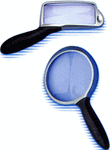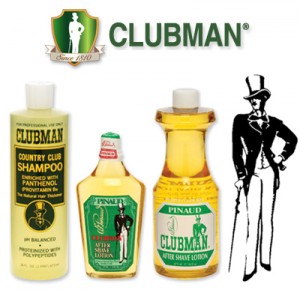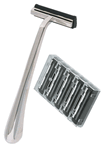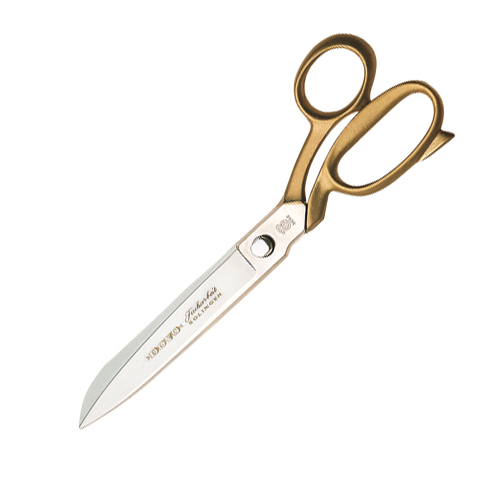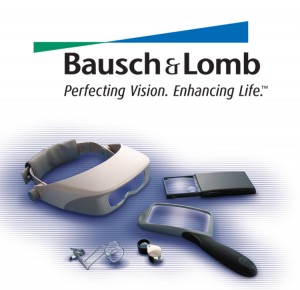
Let’s talk more about true left-hand scissors… As I mentioned last week, because hands are asymmetrical, they have a lateral movement when closing the fingers. So, in relation to operating scissors, the thumb pushes outward and the fingers pull inward.
Most scissors are designed for right hand use and the blades are set so that the motion of your hand pulls the blades together and aids the cutting process when closing them. Conversely, the same scissors used in the left hand, the blades get pushed apart and can hinder the cutting action – especially in lower quality scissors where the blades are not set tight enough. On right hand scissors that are shorter and set properly, they usually still cut well even if used in the left hand. Another issue of using right hand scissors in the left hand, is that the shearing edge is not fully visible and it makes it difficult to see the line you are cutting. True left hand scissors reverse all of this and the left hand pulls the blades together while the shearing edge stays visible.
Unfortunately, since roughly 85% of people are right handed, there is not nearly as wide a selection of good quality, true left hand scissors available. However, fortunately,
Dovo/Solingen makes a very nice selection of top quality, true left hand scissors and, even more fortunately, Corrado Cutlery sells them!
(to be continued…)
Labels: Scissors Nippers Manicure
 So, one of the challenges of having a store – online or otherwise – is taking time off. One of the benefits of the online store is that it can run itself for a few days when I need to get a little R&R… Such is the case as it is time for my summer vacation. I'll be closed from July 1st through July 15th…
So, one of the challenges of having a store – online or otherwise – is taking time off. One of the benefits of the online store is that it can run itself for a few days when I need to get a little R&R… Such is the case as it is time for my summer vacation. I'll be closed from July 1st through July 15th…

